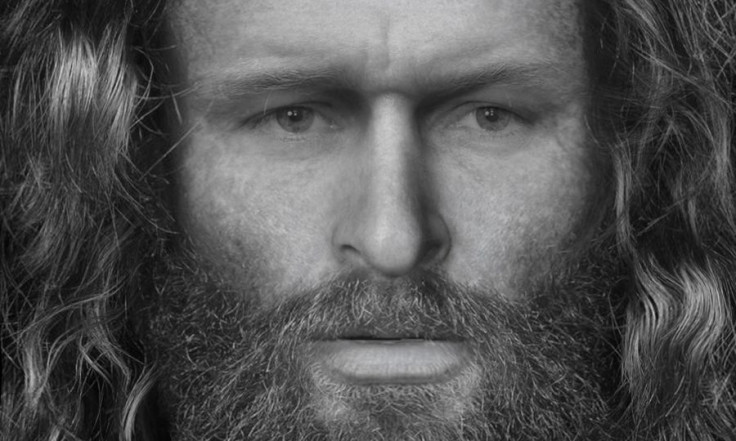Anatomists make an e-fit of a 1,400 year-old Scottish murder victim
Experts at the University of Dundee said the find offered an insight into Pict culture

The University of Dundee's Centre for Anatomy and Human Identification (CAHID) has reconstructed the face of an unidentified murder victim more than 1,000 years after his death. The remains of the man, who was a member of the Picts, who inhabited parts of Scotland during the early Middle Ages, were found while excavating a Highlands cave.
The skeleton of the man, who died between 430 CE and 630 CE, according to radiocarbon dating of his bone samples, was found by archaeologists who were investigating when the cave in the Black Isle had been inhabited. It was found in a position described as "unusual" with his crossed legs and arms held down by large stones.
On further inspection by CAHID's experts, including Professor Dame Sue Black, a forensic anthropologist who has previously worked on cases such as the identification of remains found in mass graves from conflicts in Kosovo on behalf of the UK government, it became apparent the man had been murdered.
The man had suffered at least five impacts to the face and skull, the team were able to conclude.
Professor Black said: "He met a very brutal end, suffering a minimum of five severe injuries to his head."
Though little is known about the man, whose teeth and jaw had been broken, as well as a skull fracture, before an implement was driven through the side of his skull, may have worked as an iron-smither.
The team responsible for the find also discovered hearths and iron-working debris, CAHID said on its website.
The leader of the excavation, Steven Birch said, said the find was "fascinating" and offered a unique insight into the culture among the Picts.
"Here, we have a man who has been brutally killed, but who has been laid to rest in the cave with some consideration – placed on his back, within a dark alcove, and weighed down by beach stones," said Birch. "While we don't know why the man was killed, the placement of his remains gives us insight into the culture of those who buried him. Perhaps his murder was the result of interpersonal conflict; or was there a sacrificial element relating to his death?"
The university said its specialists would continue to analyse the remains of the man in the hope of uncovering more details about his life, as well as the cave's archaeological and historical importance.
© Copyright IBTimes 2025. All rights reserved.






















